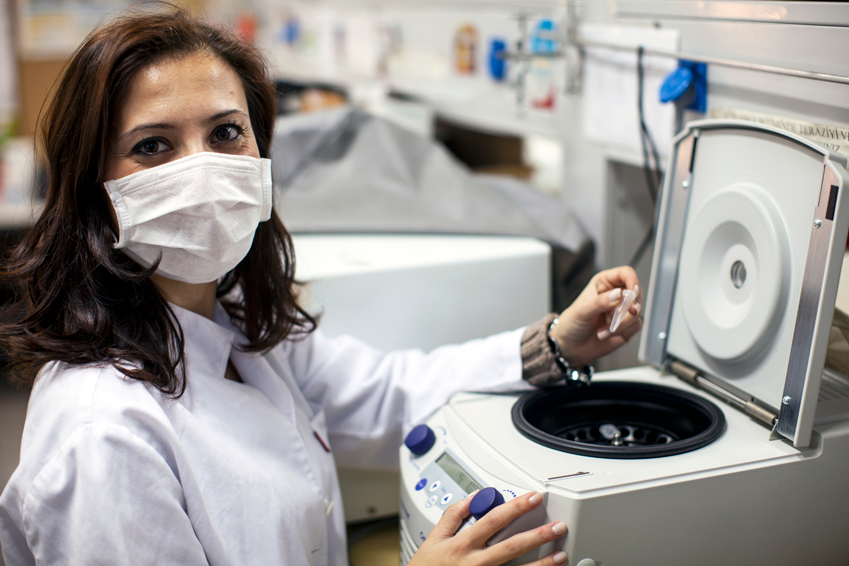The cells in our bodies known as “stem cells” serve as the raw material for our development, and our natural repair system. They have the unique ability to transform themselves into other cell types to help replenish the cellular structures of specific organs and tissue.
Since research into the use of stem cells to cure diseases was first begun in the early 1960s, many scientific developments have made it possible to use these cells as the basis of treatment for a variety of conditions and diseases.
About Stem Cells
Stem cells have two important characteristics that make them useful.
First, they are un-specialized cells that can renew themselves through cell division even after long periods of inactivity.
Secondly, they can be induced to “morph” into particular kinds of cells under certain scientific conditions.
A Brief History of Stem Cell Therapy
In 1968, the first bone marrow transplant was successfully performed using somatic, or adult, stem cells that are commonly found in the blood. Since then, many experiments were performed with different types of stem cells to discover which offered the best potential for additional medical uses.
The investigation led to the use of embryonic stem cell lines that caused great controversy. Since that time, however, researchers have learned to manipulate other types of cells more effectively.
Stem cells are extracted from a number of sources. Each source offers different advantages for potential use in treating certain diseases.
Umbilical Cord Stem Cells
Blood can be collected from the discarded umbilical cord of a newborn. Umbilical cords are rich in blood cells less prone to rejection than bone marrow or peripheral blood stem cells.
These cells have not yet developed features that would normally be attacked by the patient’s immune system. This effect is called the “graft verses host” problem. Umbilical cord blood still has some adaptability that makes it a good choice for stem cell therapies. Cord blood cells are also easy to obtain.
Induced Pluripotent Stem Cells
It was previously thought that once a cell becomes differentiated it could not be changed. Differentiation is the process of developing particular characteristics for use in the various parts of the body, such as skin cells, liver cells or brain cells.
In 2007, Japanese researchers discovered the genes that can turn a differentiated cell back into a stem cell. Soon, scientists began to implant these genes into stem cells to turn them back into undifferentiated cells that turn into whatever type of cell is needed. These are now known as induced pluripotent stem cells and have much of the potential of embryonic stem cells.
Adipose Stem Cells
Adipose tissue (fat) is often removed from just above the love handles or abdomen under a local anesthetic. Obtaining these cells is simpler and less invasive than most other stem cell extraction procedures. Adipose tissue also contains much larger volumes of mesenchymal stem cells than bone marrow, another common source.
Today’s Stem Cell Treatments
Currently, stem cell treatment in the form of umbilical cord blood stem cells are being used to help cancer patients who have developed leukemia or lymphoma from the destructive effects of chemotherapy.
Clinical trials exploring the use of stem cells to restore pancreatic function to cure diabetes, regenerate brain tissue after heart attack or stroke, and to rebuild spinal cord nerves after paralysis are all being pursued in laboratories around the world.
Adipose stem cells are growing increasingly popular to treat knee pain and function, promote healthier hair growth, enhance facial aesthetics, and mitigate erectile dysfunction.
In summary, it is wise be aware of what stem cells can do to make our lives healthier and happier.







